Mycorrhizal symbiosis is important for an ecosystem, because it affects plant diversity and productivity. An essential part of nutrient management systems that aid in the establishment of plant species are mycorrhiza. However, mycorrhiza-related research work is meagre than that of other fungus. This book contains the comprehensive collection of experimental techniques related to Arbuscular Mycorrhizal Fungi (AMF). This experience-based collection also includes experimental approaches for the application of molecular methods in diversity analysis. The techniques for AMF isolation, mass production, quantification and their associated bacteria are also included in this book. Introductions to each chapter’s subject matter, lists of necessary reagents, step-by-step, readily reproducible laboratory techniques, and suggestions and avoiding common errors are all included. This book’s goal is to mentor aspiring AMF researchers in conducting successful studies. The first part of this book provides an overview of mycorrhiza. The second chapter focuses on AMF and provides information on identification, colonisation estimate, and isolation. Chapters three and four, respectively, provide specifics on diversity analysis and inoculum production. The method utilized to study the third partner (bacteria) in AMF plant symbiosis, is described in the last chapter.
This document may include updated or corrected information. The stated procedures should only be taken as recommendations. The information supplied, as far as the author is aware, is accurate as of August 2022. We are open to reader feedback on how to make this book better. The graphics and tables that have been taken from journals, websites, and other publications have all been properly acknowledged.

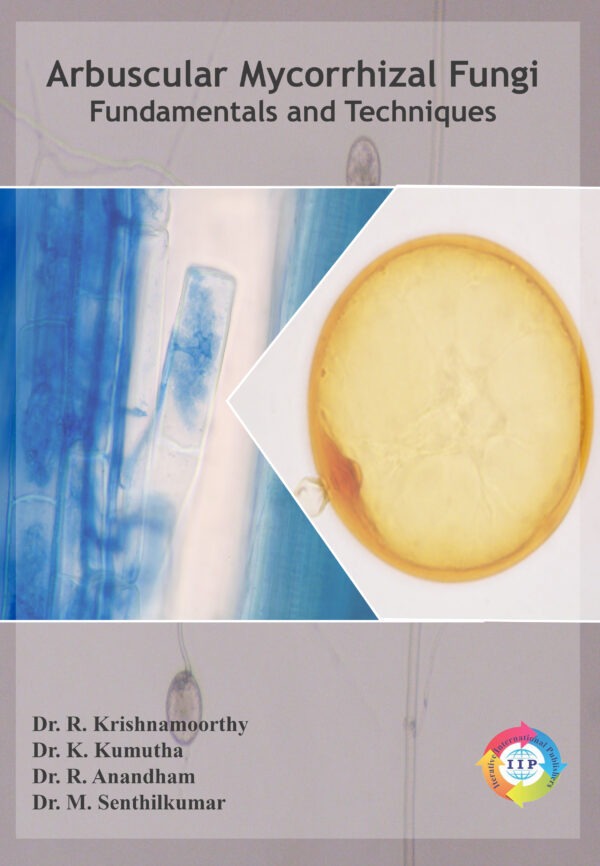
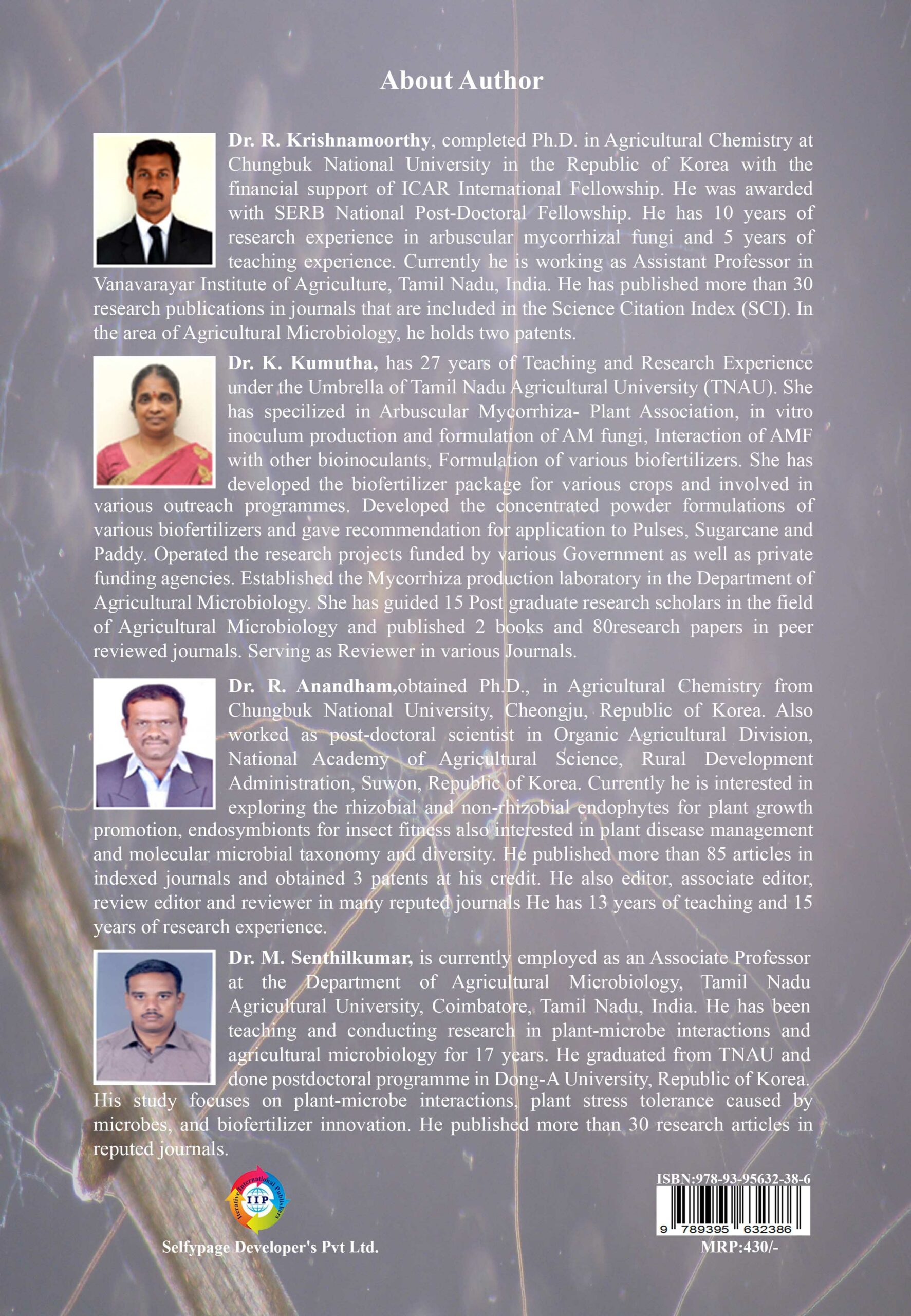
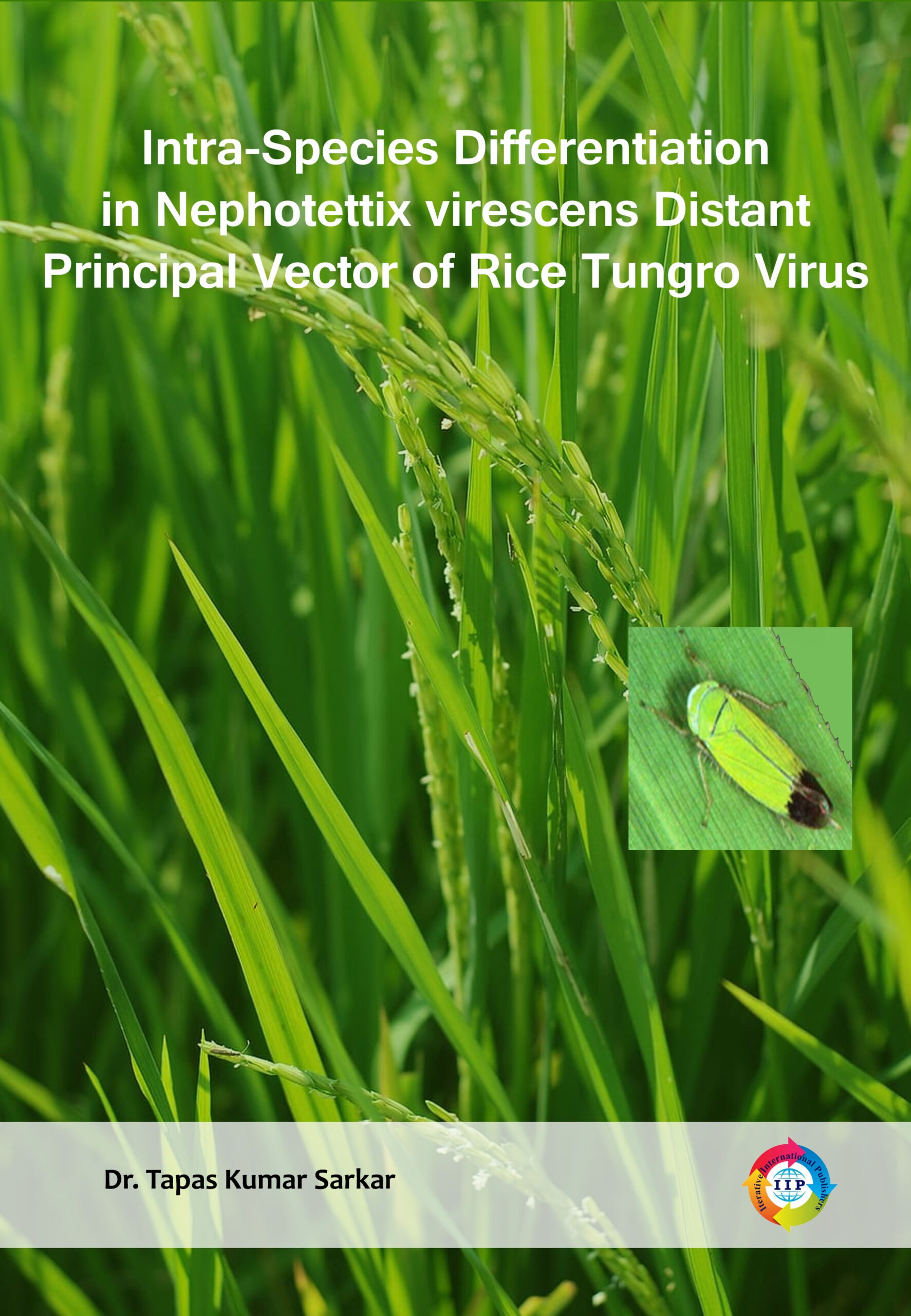
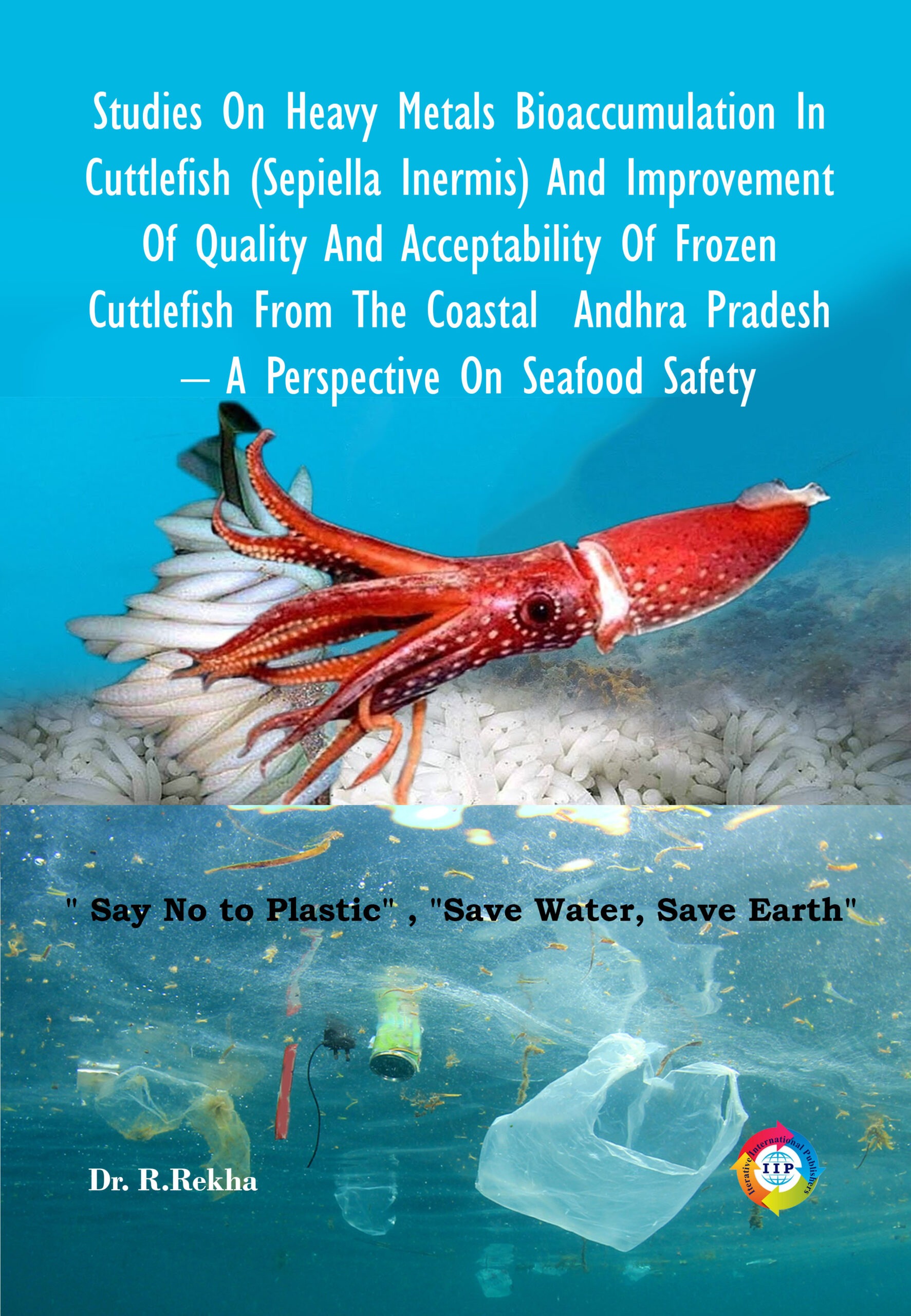
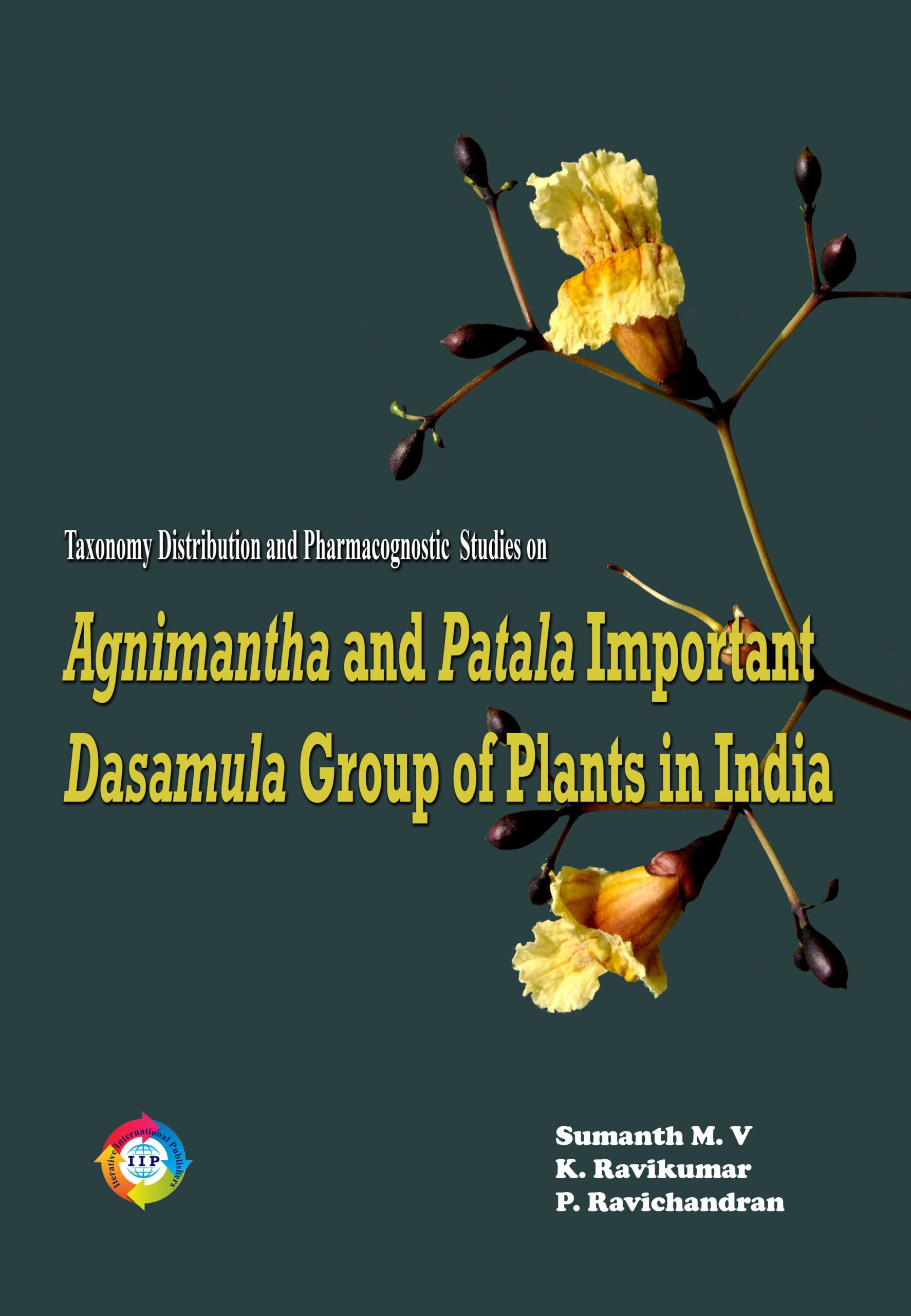
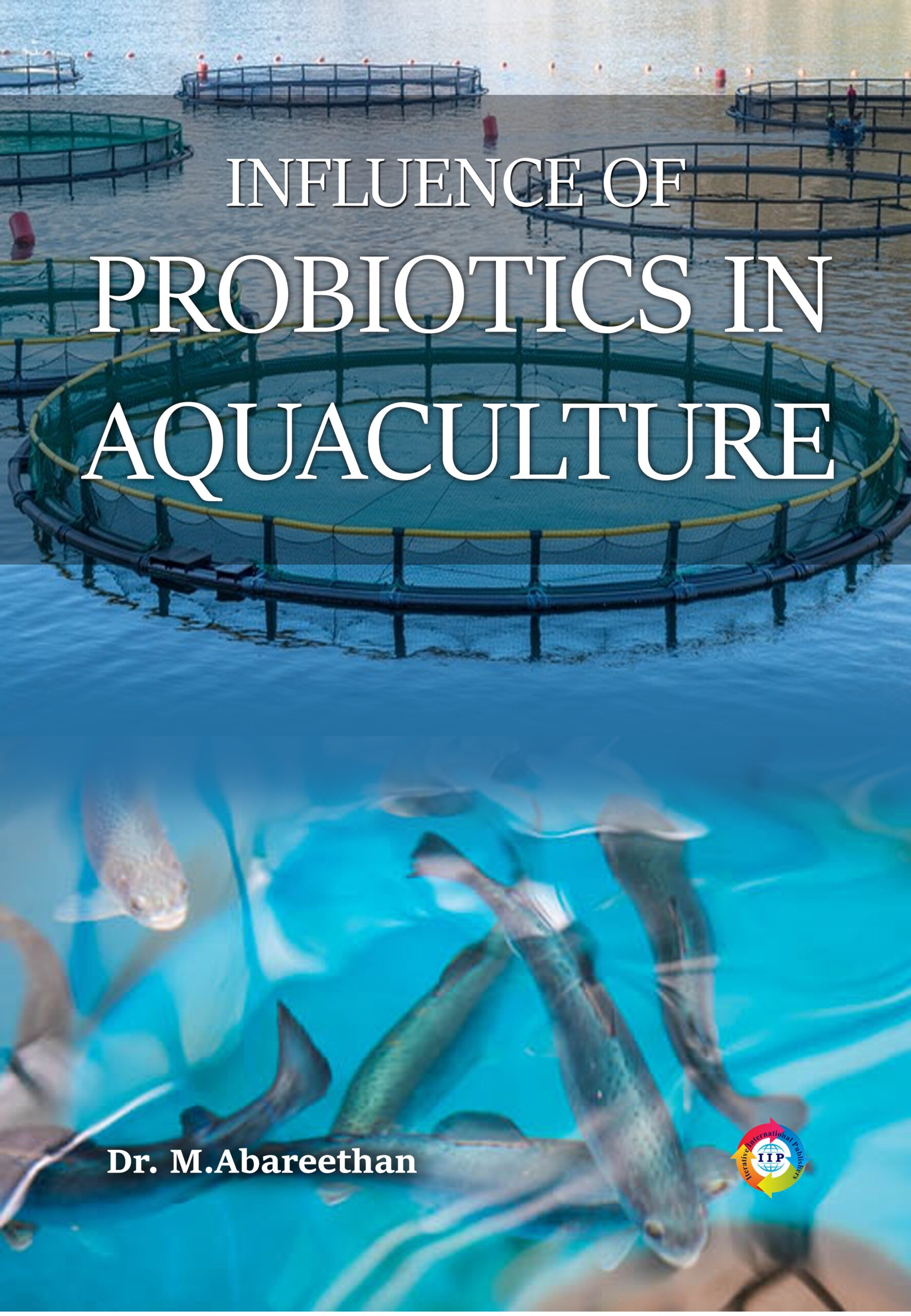
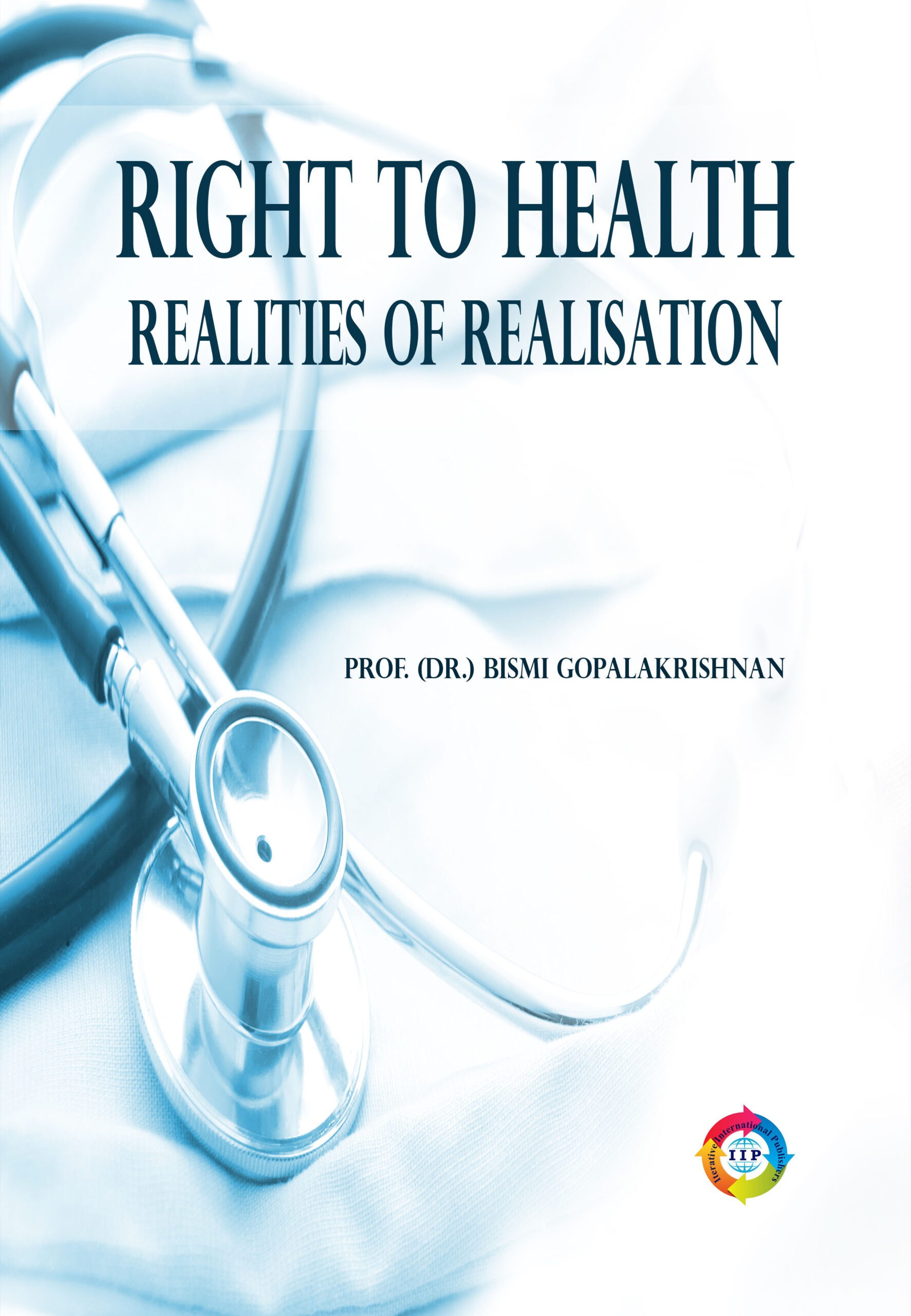

Reviews
There are no reviews yet.